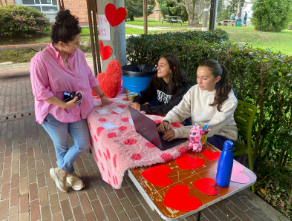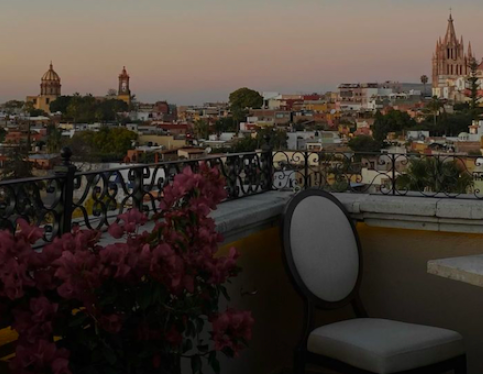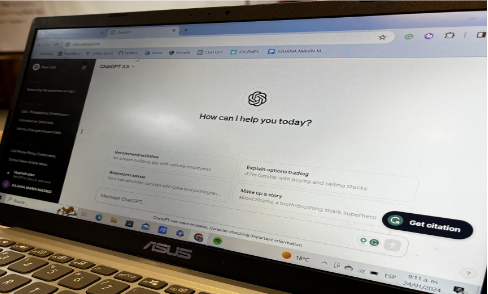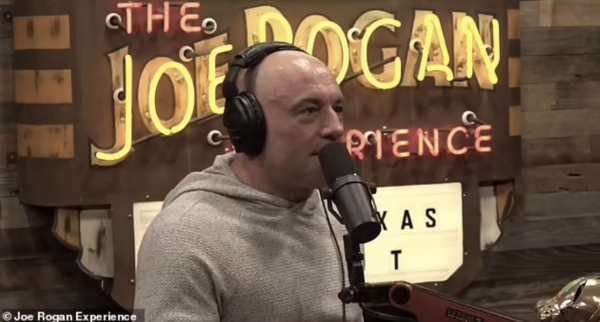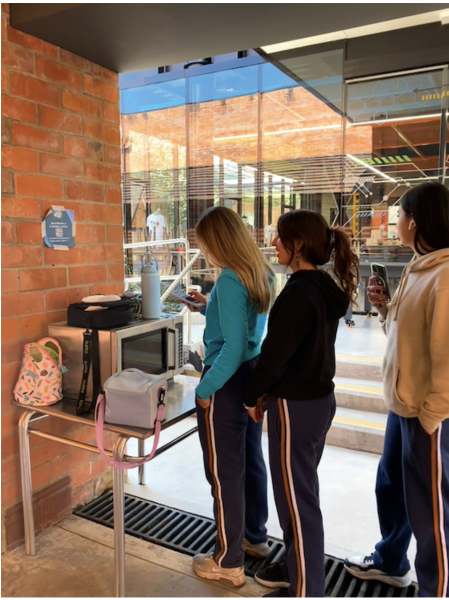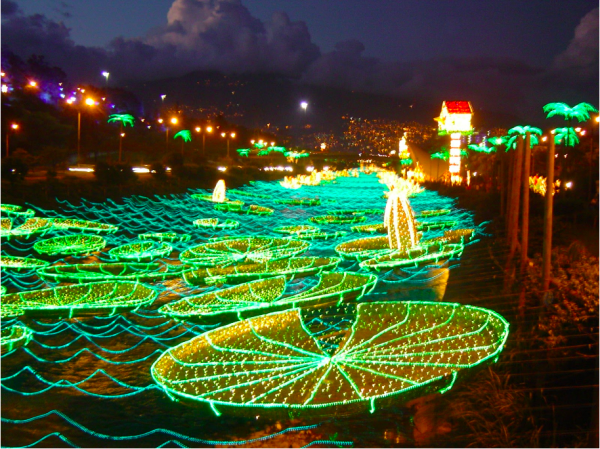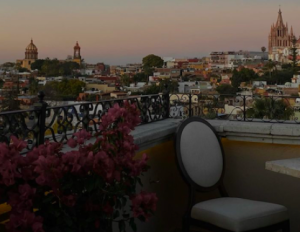The Protection of Freedom
Damages registered in the national strike are estimated to be around 20 billion pesos. Even though that staggering figure would be enough to make anyone question whether this event led by incendiary political figure Gustavo Petro was justifiable, the additional ramifications have aided me in reaching a conclusion demonstrate that it was not. 68 transmilenio stations, 15 buses, and 50 SITP zone buses were affected. Additionally, 37 policemen and 42 citizens were wounded, 16 civilians are now in jail, and 70 were arrested but released afterward. These statistics are just a few examples of blatant lawlessness, as anarchy reigned in some Colombian cities. Subsequently, to avoid more cases of vandalism and violence, a curfew was put in place. The government was trying to guarantee that both protesters and bystanders would be safe during this tumultuous period. Dilan Cruz, a minor who was actively participating in the march, died due to the firing of a weapon used by members of the ESMAD (Mobile Anti-Disturbances Squadron). As a result, protesters demanded that the government stop using the control unit, which has a history of abusive actions. According to news outlet RCN, the shotgun used by the ESMAD was created for the usage in the midst of unrest and with the purpose of resolving violent demonstrations or conflicts. The weapon, loaded with ammunition of lead balls wrapped in cloth, was responsible for Cruz’s death. Nevertheless, an official inquiry into the unfortunate accident concluded that the armament and ammunitions used by this group are the “least lethal.” Bearing this in mind, the government should not have considered the withdrawal of the ESMAD.
Even though the ESMAD, or Colombian National Police Riot control unit, may jeopardize the safety of citizens who are “in the wrong place, at the wrong time,” it still protects the majority of Colombian citizens who do not wish to be involved in nonsensical protests. As an acting police force, equivalent to that of the SWAT team in the United States, the ESMAD is a valuable asset that should not have to seek repentance for safeguarding both the lives and the property of the Colombian people. RCN cited that, “[The ESMAD] did not disperse the protest with tear gas, something that student Lorena Novoa valued because [it] allowed people to express [themselves] freely.” The fact that the unit made one mistake should not destroy its reputation, as every organization is entitled to at least one grave error. It certainly does not mean that they have ceased to shield citizens from harm. The ESMAD can and will, learn from its mistakes.
According to its manual, the ESMAD should only be considered as a last resort when violence is spreading and security is endangered. A wise comment from TCS student Luciano Fernadez was that “Putting myself in the shoes [of the protesters], the ESMAD is a group that is highly intimidating, and when you’re [trying to protest safely] and you have this group of armed men making you think you are a threat, [you begin to respond accordingly: with violence].” Nevertheless, thousands of Colombian residents are put at risk when hooded men start throwing potato bombs and blocking the streets. Having this armed group – that can at times be frightening – may save thousands, or even millions, of lives, by serving as a deterrent to crime. It is a necessary evil that the government should keep in check, but continue to use.
Ultimately, the ESMAD is a control unit that is a necessary measure in times of unrest. However, the rules and procedures that govern it need to be revised in order to prioritize and protect citizens versus furthering a governmental agenda.


